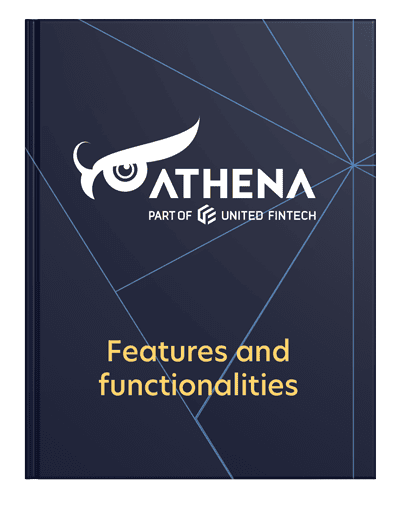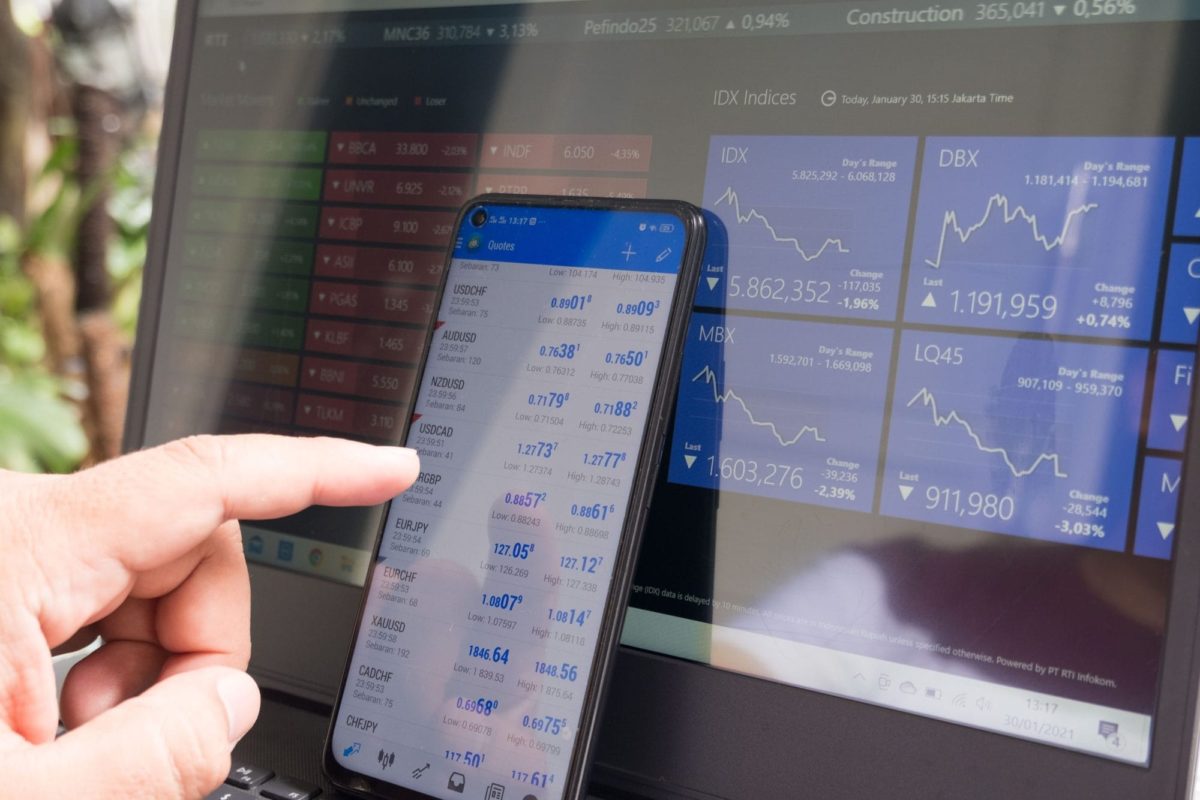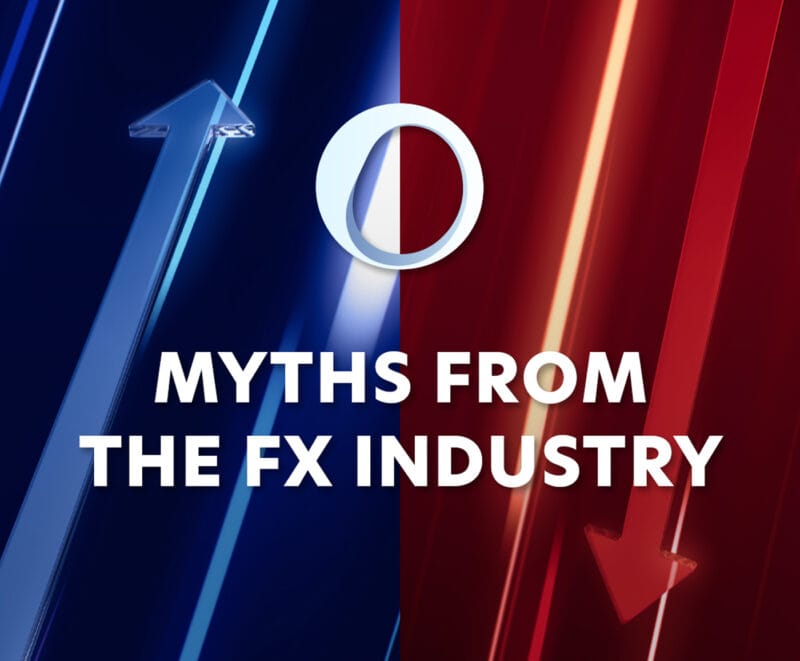Best described as financial contracts, the value of derivatives is derived from the value of their underlying assets. With the banking fraternity of decades ago facing a rather disorganized and risky working environment, derivatives became configured as complex tools for banks to hedge against risk.
Often characterized as a form of insurance because of the way they hedge against exposure to price fluctuations, gaining access to profitable assets or markets was another direct upshot of derivatives. Also called securities, derivatives have a long history, in fact, although modern derivatives only really took off post-1970.
Speculation on price changes and the quest for income was there almost from the start too, alongside pure hedging considerations. Common derivatives include swaps, futures contracts, options, and forwards, and most aren’t traded on exchanges, while some are indeed traded on specialized exchanges.
From a $1 trillion market in 2002, the derivatives market reached $7 trillion by 2007, and today is worth a whopping $640 trillion, according to the Bank for International Settlements (BIS). The gross market value is substantially less-some $12 trillion-but that’s still a massive ocean of securitized debt.
Derivatives explained
As a financial instrument, a derivative is an agreement between parties that allows for leverage (you can trade with money that’s not your own) but limits your losses. If you buy in for $50, you could make, say, $1000, but if it fails you’ll only lose your $50. Rather than buying stock or shares of an asset directly, derivatives allow you to profit from their progress (or modestly suffer their demise) without actually owning the stock
Before defining types, the simple example of call options will illustrate derivatives’ innate dexterity and potential profitability. Let’s say a company stock is worth $2000 today. A dealer will extend an option contract that costs, say, $50, which could earn you the difference between today’s price and tomorrow’s price, if it goes up.
This is a call option-it sets you up to buy. A put option carries the intent (but, like call options, not the obligation) to sell.
The call option allows you to buy the shares at the fixed price of $2000 a share, by a specified date, in our example, the next day. Tomorrow comes around, however, and the shares are now trading at $2500. You’re in the money! You will immediately pay the dealer the price you agreed on ($2000 a share) and resell on the open market, netting yourself a profit of $450 a share.
You just made an almost 1000% return on $50!-$2500 minus the $2050 total expense. With derivatives, you enjoy the same gains as buying the stock outright, but severely limit your exposure-you don’t fully suffer any dip in the underlying asset’s price, but only lose the cost of the contract if things don’t go your way.
Want to learn more about OTC derivatives? Check out this in-depth page
Types of derivatives
Most derivatives are OTC derivatives-’over the counter’. That means they’re not typically traded on mainstream exchanges. The call option example above gave you the right to buy an asset at a future date, at today’s fixed price. There are other types of derivatives too, namely futures, forwards, and swaps.
- Futures are contracts that obligate the buyer of the contract (you) to buy an asset at a prearranged price by a specific date. As standardized contracts, futures are not OTC but rather traded on exchanges. This means the exchange sets all the terms for the futures contract, all except the price.
- Forwards are basically the same thing, except forwards are OTC and thus more customizable between parties, allowing for flexibility in the nature and quantity of the underlying asset, as well as being more malleable around due dates.
- Swaps are derivatives that can be difficult to get your head around, but are basically contracts through which two parties exchange cash flows or liabilities derived from differing financial instruments. Most swaps also deal with cash flows that are based on notional principal amounts, like a bond or loan, but the instrument can be almost anything. Prevalent swap types are commodity swaps, interest rate swaps, and currency swaps.
- Options (like the call option example above) are pretty much futures, except with options, as their name implies, there is no obligation to buy or sell by the due date. You’re an option holder, and if it’s profitable for you to buy or sell on the due date (European rules), or before or on due date (American rules), you have the option to do so.
There are more sophisticated and complex derivative financial instruments in the loftier reaches of daily wheeling and dealing, but they generally conform to one or other of the above derivative types in the final analysis.
OTC derivatives are also often labeled differently, based on their underlying assets. It’s a slightly different angle that yet still conforms to the broad types outlined above. Hence you might hear of commodity derivatives (they’re forwards), interest rate derivatives (swaps), equity derivatives (futures and options), and forex derivatives (options), the last being where the underlying value is based on foreign exchange fluctuations.
When first encountering the derivatives market, don’t get bent out of shape by the jargon! Market players tend to use their own terms depending on where their focus lies, but you’ll quickly see that derivatives ultimately come down to the four types listed above.
What’s the difference between exchange and OTC derivatives?
Over-the-counter (OTC) derivatives are traded financial securities that change hands outside of a major exchange. Especially for corporates looking to trade shares or sell their shares to investors, the OTC market offers greater flexibility in generating cash. The OTC market is actually far larger than the exchange-traded market.
OTC trades happen between you and a dealer, usually a financial institution, and although the conversations are typically recorded and banks have their own fiduciary obligations, there are none of the onerous, costly obligations on companies to conform to exchange protocols such as when listing.
A great deal of derivatives business is done between banks, or between banks and their corporate clients, and financial institutions are usually immediately ready with bid and ask prices of the more conventionally traded financial instruments.
For companies, an exchange listing comes with onerous demands, the obligation of supplying investors loads of free, detailed intel, constant surveillance, and copious reporting requirements. By trading OTC, companies can avoid much of the rigidity of exchange regulations, as well as many conventional obligations.
The advantages and disadvantages of OTC trading
Like any other financial dealings, OTC derivatives come with pros and cons, although it has to be said that many corporate traders find relief in escaping the more staid and inflexible atmosphere of an exchange.
The advantages of OTC
- OTC trading is an instrument used as a hedge against risk, for the wholesale transfer of risk, as well as for speculation (where leverage is especially attractive).
- OTC trading grants exposure to a multitude of markets that enable diverse investment.
- OTC derivatives help to mitigate specific company exposure to exchange fluctuations and commodity price volatility.
- OTC derivatives also give companies far more flexibility when tailoring deals, as the OTC environment is devoid of the lengthy and costly requirements of exchange protocols. Non-conforming company shares are rejected by regulated exchanges, making raising some capital extremely difficult for smaller companies that don’t meet exchange requirements-something OTC trading neatly sidesteps.
- Very often, access to the OTC market allows companies to maintain stable pricing, something that filters down favorably to consumers.
The disadvantages of OTC
- The absence of an exchange or clearinghouse makes for heightened credit or default risk with OTC contracts, an inevitable upshot of the lack of transparency.
- With OTC contracts, the exact risk and its scope is unknown for regulators, heightening systemic risk too.
- OTC trading is also simply high risk as a phenomenon. Derivatives are intrinsically volatile, meaning that even the most thorough homework counts for little at times. Part of the problem is also that contracts are complex in design and sometimes extremely difficult to value because of it. The more convoluted the maths, the higher the inherent risk. Notwithstanding their origins as sensible tools of trade and a risk hedge, derivatives are certainly tools of speculation, which means such speculation can cloud markets, and they hold the potential for big, ugly losses.
- There is also counter-party risk with OTC derivatives. The due diligence required by exchanges is absent in the OTC arena, and in an OTC arrangement, the other party might fail to supply goods as per contract, or otherwise default on the contract.
When looking at the potential value of derivatives’ pricing models, there are various tools traders can employ, among them the Greeks-a standard four-pronged toolkit that allows you to see where value lies, and high risks too.
Get into OTC with the right gear
Because the OTC derivatives arena is one of perpetual risk and corporate traders come with certain reporting obligations of their own, it helps to employ relevant tech in the era of modern electronic trading.
Financial institutions especially have industry bodies, financial regulators, and the taxman watching them with a hawk’s eye. Smart new tech is emerging to automate the admin load of institutional derivatives trading. Companies like TTMzero present a dedicated technology platform that makes it a cinch for financial institutions to comply with risk management and reporting requirements for OTC derivatives, structured products and other hard-to-value instruments.
Particularly institutional players in the derivatives arena find that their trading comes with many irksome reporting and recording requirements, and since trading derivatives demands a sharp eye on the ball, traders glean legitimate value from a suite of platform tools that eliminate the busywork.
Intuitive architecture provides independent valuations and real-time data products for a range of financial instruments. As an example, TTMzero’s Financial Instruments Automation Platform makes the whole trading process quicker and easier. In the case of TTMzero, the company also develops software-as-a-service solutions that help financial institutions automate pre- and post-trade processes.
This might sound like a minor fiddle, but for context, the article 5 benefits of using real-time market data will clarify just why quick and simple wins hands down when trading derivatives.
By all means, get into the OTC derivatives market. There is money to be made, and no one complains when you offload your risk either. Trading OTC should always happen with extreme diligence, however, and any tools that help you automate the process should become your new best friends.














